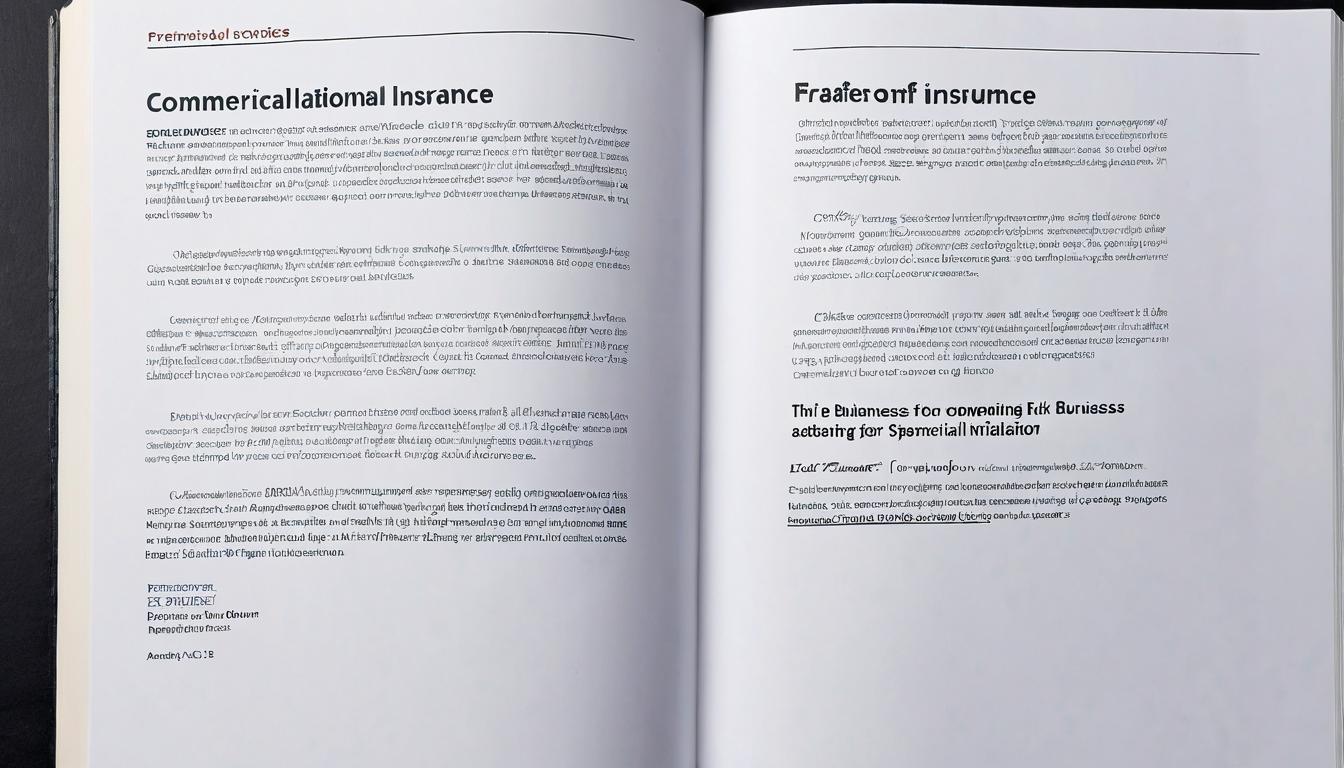The commercial insurance market is facing a perfect storm that's leaving business owners scrambling for coverage. Across industries from construction to hospitality, companies are discovering that the insurance safety net they've relied on for decades is suddenly full of holes. Premiums are skyrocketing, coverage is shrinking, and some businesses can't find insurance at any price.
What's driving this crisis? Climate change sits at the center of the storm. Insurers are reeling from unprecedented losses due to hurricanes, wildfires, and flooding that have battered communities from Florida to California. The insurance industry paid out over $100 billion in natural catastrophe losses last year alone, forcing carriers to reassess their risk appetite in vulnerable regions. For businesses operating in these areas, the message from insurers is increasingly clear: we can't afford to cover you anymore.
But climate isn't the only factor squeezing the market. Inflation has hit the insurance industry hard, driving up the cost of materials and labor needed for claims settlements. A roof that cost $20,000 to replace five years ago might run $35,000 today, and insurers are passing those costs along to policyholders. Construction materials, automotive parts, and medical costs have all seen double-digit increases, creating a ripple effect through commercial insurance premiums.
The legal landscape is adding fuel to the fire. Social inflation—the trend toward larger jury awards and more frequent litigation—is pushing liability costs higher. Businesses face growing exposure from everything from slip-and-fall claims to data breaches, and insurers are responding by tightening policy terms and raising rates. Some carriers are exiting certain liability lines altogether, leaving business owners with fewer options.
Cyber insurance has become its own special headache. As ransomware attacks and data breaches become more sophisticated, insurers are demanding higher security standards from businesses seeking coverage. Many small and medium-sized companies lack the resources to implement robust cybersecurity measures, making them uninsurable in the eyes of carriers. The result is a growing protection gap that leaves businesses exposed to potentially catastrophic losses.
Workers' compensation, once a stable line of business, is showing signs of strain. The shift to remote work has created new challenges for determining coverage and managing claims. When an employee gets injured while working from home, whose insurance pays? The answers aren't always clear, and insurers are grappling with how to price this evolving risk.
Supply chain disruptions have created another layer of complexity. Businesses that rely on just-in-time inventory systems are discovering that their business interruption coverage may not fully protect them when suppliers halfway around the world experience delays. The pandemic exposed weaknesses in many companies' contingency planning, and insurers are now demanding better risk management practices.
The professional liability market is particularly tight for certain sectors. Architects, engineers, and consultants are facing steep premium increases as insurers worry about project delays and cost overruns in an uncertain economy. Errors and omissions coverage has become harder to find and more expensive across many professional services.
What can businesses do in this challenging environment? Risk management is no longer optional—it's essential. Companies that can demonstrate strong safety protocols, cybersecurity measures, and business continuity plans will have better luck finding affordable coverage. Working with experienced brokers who understand the current market dynamics can also make a difference.
Alternative risk transfer solutions are gaining traction. Captive insurance companies, where businesses essentially create their own insurance vehicles, are becoming more popular among mid-sized companies. Risk retention groups and purchasing groups offer another way for businesses in similar industries to pool their resources and secure coverage.
Some businesses are turning to parametric insurance, which pays out based on the occurrence of a specific event rather than actual losses. While this approach has limitations, it can provide quicker payouts and more certainty for certain types of risks, particularly weather-related events.
The current market turmoil isn't likely to resolve quickly. Insurers need time to rebuild their capital reserves and develop new models for pricing emerging risks. In the meantime, business owners should prepare for continued challenges in the insurance marketplace. Building strong relationships with carriers, maintaining clean loss histories, and investing in risk reduction will be key to navigating these turbulent waters.
The insurance industry has always been cyclical, but the current downturn feels different. The convergence of climate risk, economic uncertainty, and technological disruption has created challenges that traditional insurance models struggle to address. Businesses that adapt to this new reality—by taking more control of their risk management and exploring innovative coverage solutions—will be best positioned to survive and thrive.
The silent crisis in commercial insurance: Why businesses are struggling to find coverage

